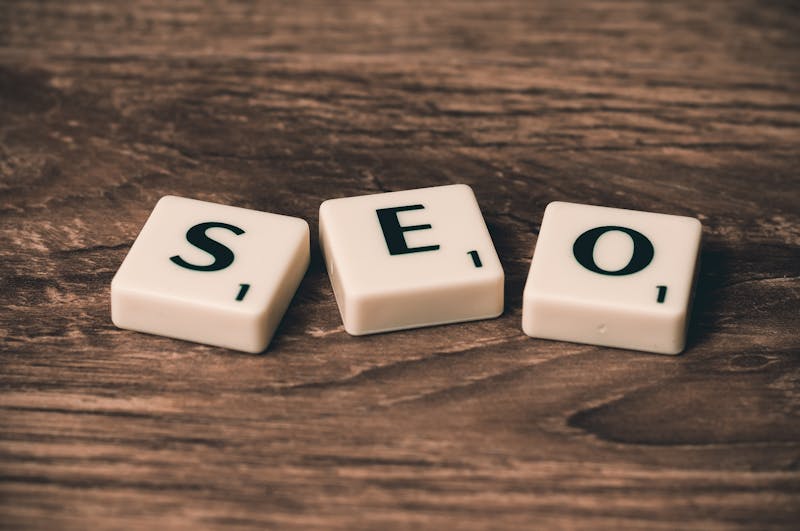The Ultimate Guide to On-Page SEO: Boost Your Rankings the Smart Way
On-page SEO is one of the most important parts of any successful SEO strategy. It’s how you optimize the content and structure of your web pages to rank higher in search engines. Unlike off-page SEO (which focuses on backlinks and authority), on-page SEO is entirely within your control.
In this guide, we’ll cover everything you need to know to optimize your website content for search engines and users — step by step.

What Is On-Page SEO?
On-page SEO refers to all the measures you can take directly within your website to improve its position in search rankings.
- Optimizing meta tags (title, description)
- Using heading tags (H1, H2, etc.) properly
- Adding internal links
- Improving URL structure
Why Is On-Page SEO Important?
Search engines like Google use on-page signals to understand the context and relevance of your content. When done well, on-page SEO improves visibility and usability, which translates to better rankings.
Core On-Page SEO Elements
- Title Tags: Keep them unique, descriptive, and under 60 characters.
- Meta Descriptions: Provide concise summaries to improve click-through rates.
- Header Tags: Use H1 for titles, H2/H3 for structuring sections.
- URL Structure: Keep URLs clean, short, and keyword-rich.
- Image Optimization: Use descriptive filenames and alt text.
- Internal Linking: Link to relevant internal pages to improve navigation.
- Mobile Responsiveness: Ensure your site works well on all devices.
Best Practices
- Focus on search intent — know what users are looking for.
- Write high-quality, original content that solves problems.
- Use your target keyword naturally throughout the page.
- Ensure fast loading speeds and great user experience.
On-page SEO is not a one-time task. It’s an ongoing practice that requires attention to detail and a strong focus on user intent. By following the steps above, you’ll lay a solid foundation for better rankings, more traffic, and higher conversions.
Remember: Create content for people first, then optimize it for search engines.